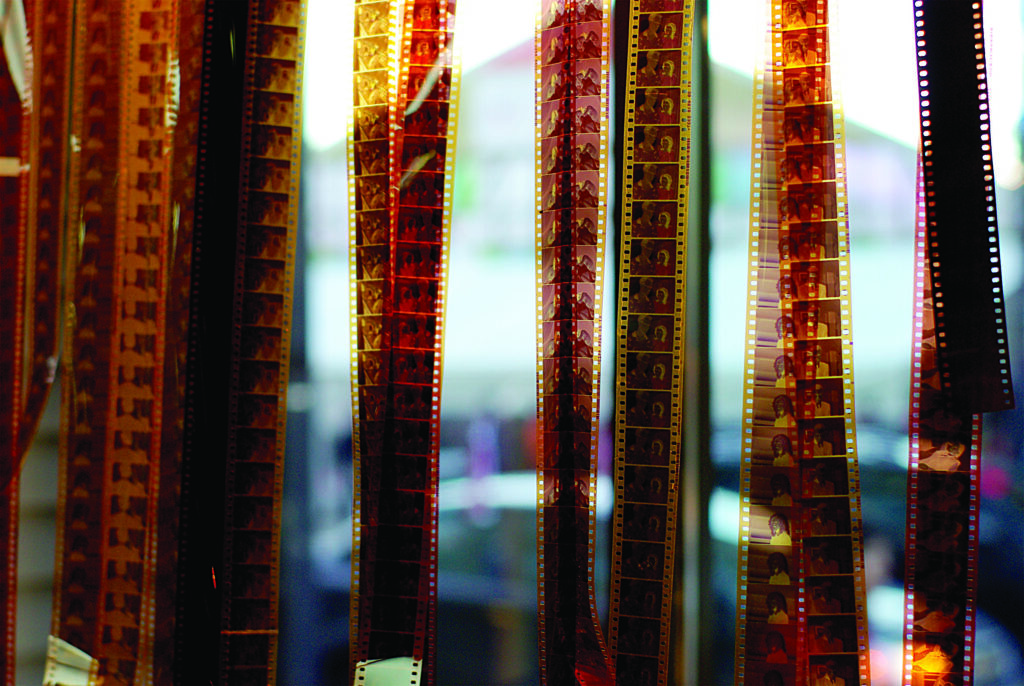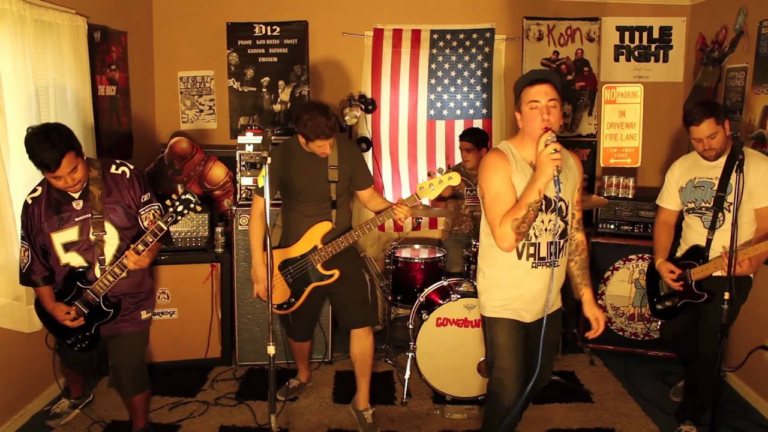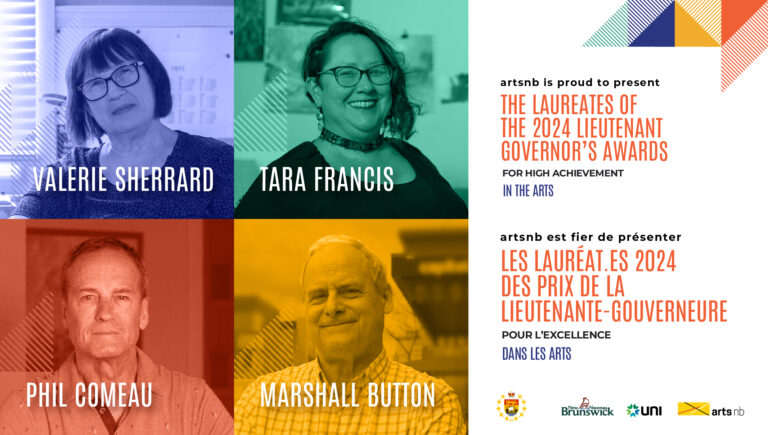By: Daniel S. Burton
Edited by: Connor Fraser
How do genre and the separation of genres affect queer film? Recently, The Brunswickan hosted a poll, asking about students’ favorite genre of queer film. Six students responded, highlighting the strengths and weaknesses of different genres and tropes in queer cinema.
The LGBTQ2+ subgenre exists primarily through the genres of romance, drama, and the coming-of-age story. One student pointed out that well-made rom-coms can often capture the joy of queer love. However, limiting genres often results in the overuse of tropes some consider counter to queer representation.
One common trope is the late-act break-up, employed in Love, Simon (2018). When Simon comes out, his friends blame him for withholding his sexuality. This moment is not a testament to Simon’s lack of trust, but rather the betrayal his friends feel they experienced. Furthermore, the trope here intends for viewers to sympathize equally with the friends.
The problem is that limited genres struggle to capture aspects of the queer experience they do not naturally lend to.
One student noted horror, while not explicitly queer, has long examined themes of queer identity.
Queer themes have thrived in modern horror since 1931’s Frankenstein and Dracula. Frankenstein is the quintessential film of isolation and otherization. Frankenstein’s monster desires an accepting family and an intimate connection. Later, in Bride of Frankenstein (1935), he faces the horror of a partner petrified and rejecting his identity.
Many vampire films explore the theme of acceptance and embracing “forbidden” identity through challenging taboos of heteronormative society. The fear and malice vampires face in film captures the oppression and moral panics that were affecting queer people during that time.
Although film “norms” create modern portrayals of queer identity, many perspectives remain excluded. Genres Hollywood historically frowned upon, such as theatrical films of black comedy or horror, were listed by one student as their favourites. Films like Pink Flamingos (1972) and The Rocky Horror Picture Show (1975) were considered outrageous at the time of their release, but are loved by cult audiences today.
Students pointed to the historical drama genre, featuring films such as Portrait of a Lady on Fire (2019) and Brokeback Mountain (2005) as their favourite. As one poll respondent put it, historical contexts create testaments to “queer people existing all throughout history… how queer people had to hide their love, and how they found ways to live their double lives… and love authentically.”
Such authentic representation of historical queer identity stands out for telling stories rooted in reality.
Today, modern genre perspectives are not without their faults. Pop culture crasher Saltburn (2023) was criticized for mishandling sexuality. Director Emerald Fennell weaponizes queer sexuality as a manipulative force that is glamorized, forced onto others, and used to connote the central character Oliver’s greed and dehumanization of others to commodity.
The Brunswickan’s poll revealed students’ least favourite queer genres as: a.) Comedy, where queer people “are often the butt of jokes and poorly represented through harmful stereotypes”, and b.) genres utilizing the “bury your gays” trope, where queer characters are killed off to avoid advancing romances.
However, many queer and up-and-coming filmmakers have approached queer life from different genres.
The fantasy genre recently got Nimona (2023), an emotionally-charged film centred around labelling and social views. A modern depiction of otherization, Nimona empowers those perceived as “deviant” from norms representative of heteronormativity. Nimona’s personal strength and shapeshifting powers show her adaptability and utilization of her identity. Nimona is an example of a dynamic queer-representative character, inspired by author ND Stevenson’s trans identity.
Similarly, All of Us Strangers (2023) transcends the romance genre through self-reconciliation and isolation. The film’s use of internal conflict and hallucinogenic storytelling allows the relationship to bridge the characters into a more grounded reality. Both central characters, Adam and Harry gradually feel seen and cope with past trauma together.
Queer film is continuing to push new uses of genre to tell never-before-seen stories. Modern film has proven that breaking moulds and using genres to capture different experiences creates a representative, diverse and empowering understanding of queer life.




